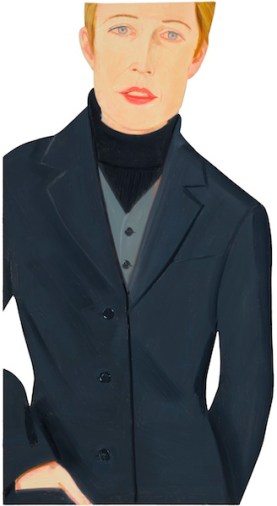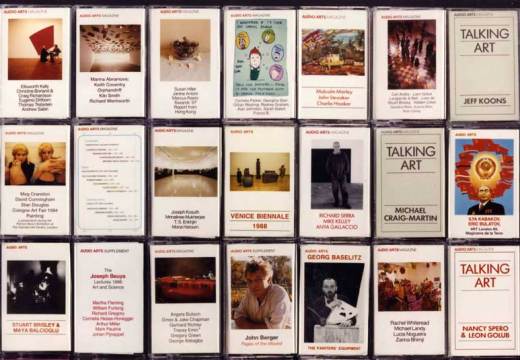From Matthew Sperling’s interview with Alex Katz in Apollo:
So how does he [Katz] explain his rising acclaim in Europe? ‘Them catching up with me! At a certain point, around 20 years ago, there was a review in Texas and a review in Spain, and both reviewers said the same thing: that I connected with traditional European painting. They went on and on about it. They were very excited about it. And I think that people started to see the same paintings differently. Because prior to that, I was pretty much seen as a bad Pop artist in Europe, or a bad photorealist. My work fell right in between the cracks of those two. And if you think of them in those contexts, my paintings are not very good.’
It is perhaps not surprising that art criticism took time to come to terms with Katz’s work. He has always been a contrary figure, emerging in the New York scene of the 1950s at the zenith of Abstract Expressionism determined to make figurative paintings, then continuing to follow his own, more painterly path while Pop Art swept all before it in the 1960s. (‘Andy Warhol ripped me off twice’, Katz explains, ‘with the flat backgrounds and then with the double portraits’.) But in his own mind, Katz has been sure of his relation to the European tradition from the beginning. ‘That’s where I started. My training was at Cooper Union, which was a modern art school, and the background of the school was Cubism. And when I got out of art school I started painting outdoors, and I wanted to get something with spread. I didn’t want black lines around. Everyone painted with black lines – Picasso, Matisse, Mondrian, Léger, Beckmann – and you make a nice painting with black lines. But I got rid of the black lines. I was looking at Pollock and Bonnard, where the colour’s just spread. It’s a field of light.’ […]
While the freshness and vivid presence of Katz’s portraits makes them seem immediate and contemporary, his use of beautiful models with fashionable clothes and haircuts makes him seem like an ardent chronicler of the recent style history of the bourgeois-bohemian elite. Like stills from the early films of Antonioni, his paintings often present the intensely stylish surface of a single moment. The emotional or social significance of the moment comes to seem enigmatic and loaded. This has sometimes led Katz’s audience to ponder the secret narratives in his pictures, but for him narrative is almost beside the point. ‘I’m interested in appearance,’ he says, ‘and the other stuff’s there, but it’s not what I’m interested in. Ann Beattie wrote a whole book about the relationships in my paintings, where she said this couple’s going to break up because he’s not holding her right…She was right, but I wasn’t thinking about that. I was just trying to get it down on canvas.’ […]
Alex Katz was interviewed by Matthew Sperling in Apollo’s April issue.
The exhibition ’45 Years of Portraits 1969–2014′ is at Galerie Thaddaeus Ropac, Paris until 12 July 2014.
Click here to buy the April issue of Apollo
Unlimited access from just $16 every 3 months
Subscribe to get unlimited and exclusive access to the top art stories, interviews and exhibition reviews.

















![Masterpiece [Re]discovery 2022. Photo: Ben Fisher Photography, courtesy of Masterpiece London](http://www.apollo-magazine.com/wp-content/uploads/2022/07/MPL2022_4263.jpg)
It’s time for the government of London to return to its rightful home